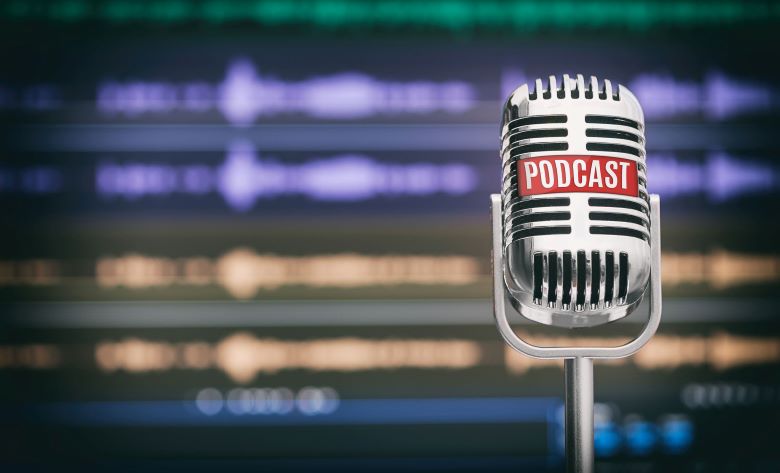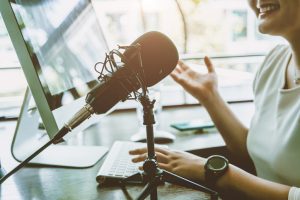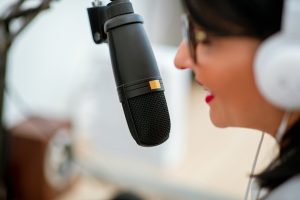Podcast measurement essentials
Mind these tips to track the progress and ROI of your audio program.

It’s hard to believe that a decade ago, few people even knew what a podcast was — and now it’s become a popular American water cooler topic.
As the evolution of podcasts has occurred, advertisers have taken notice. Historically, radio has been a tried and true channel for advertisers, so it’s natural that brands would venture into podcasts as they becomes a larger slice of the audio pie. But as more brands jump into the podcast space they’re asking how they measure results and efficiency.
One of the original methods of measurement on radio was providing a telephone number for listeners to call for a special offer. Eventually that evolved to promo codes and vanity URLs, which is what we see in today’s podcast ads.
Promo codes give advertisers direct results for purchases driven by a podcast’s call-to-action, but there is no guarantee that all listeners will use the code.
Research shows that two out of three listeners will remember promo codes.
Vanity URLs, such as www.companyname.com/promotion, allow advertisers to track visits and engagement with their website. This can be particularly important for those with longer purchase windows or who have messaging they want to get across on a landing page. However, customers rarely remember vanity URLs. However, only about one out of six listeners will use vanity URLs when visiting the brand’s website after hearing the ad.
A third option is a randomized post-checkout survey that asks customers how they heard about the product or service. This tends to be a much more accurate referral source measurement method due to its opt-in nature, with a high completion rate of around 80%-90%.
The final, and most promising, tactic is pixel-based tracking. First, the podcast publisher installs a prefix (pixel) through its hosting provider. This creates the real-time download numbers and is the basis of attribution. Next, a separate pixel is placed on the brand’s site. It collects IP, User Agent, page views and more. This shows how listeners interact with the site after downloading the podcast, including when they visited and if a conversion takes place.
The current challenge is that the data can only connect a podcast download to the website visit, so it doesn’t account for whether a person listened to the podcast in its entirety or even heard the ad. There’s also some concern with measuring data coming from household IP addresses versus “noisy” IP addresses, which aren’t as reliable.
So what method of podcast measurement is most effective? While all of these are great tools, there currently still isn’t a 100% accurate method. A combination of these tools will give brands the most reliable read on performance and attribution, with pixel tracking leading us into the future.
Andrea Schwarzbach is a senior account strategist at Ad Results Media. Read more of her work at MediaPost.






